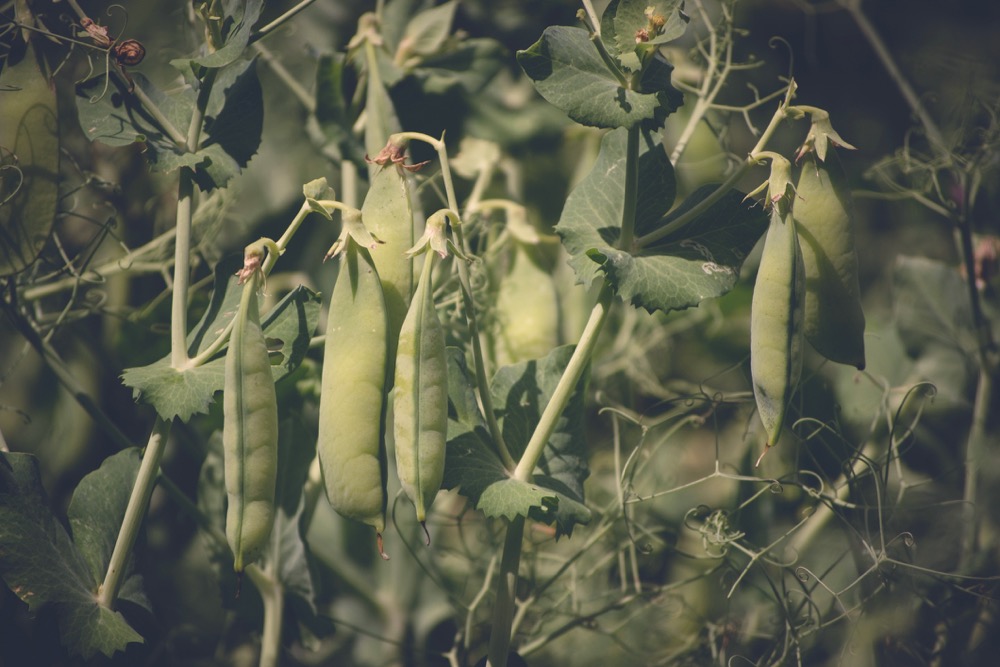MarketsFarm – Wet spring conditions delayed seeding operations across much of Manitoba to start the 2022 growing season, but warm summer conditions allowed for good development with yields for most crops showing a marked improvement over the drought-stricken 2021 harvest, according to the final crop report of the season from Manitoba Agriculture.
On a crop-by-crop basis, winter wheat saw varied quality across the province, with average yields of around 65 bushels per acre. Fall rye yields were begged at 70 to 90 bu/acre, with slightly elevated levels of ergot over previous years.
Read Also

Pulse Weekly: Yields coming into focus
Provincial agricultural departments are reporting pulse yields higher than Statistics Canada’s September estimates.
Meanwhile, spring wheat yields and quality beat expectations in many cases, with average yields of 60 to 79 bu/acre. Average protein levels were pegged at 13.0 to 15.5 per cent, although some late-harvested fields saw protein downgrades. Barley quality was good, with yields of 60 to 70 bushels per acre.
Oat yields failed to live up to expectations in some cases despite lush crop stands, averaging 120 to 130 bu/acre. Test weights came in at 44 to 48 pounds per bushel, according to the report.
The seeding delays in the spring cut into the corn area in the province, but yields for what was grown came in at 100 to 190 bu/acre with good quality and test weights.
For canola, extreme flea beetle pressure set upon earlier-planted canola crops that struggled to grow through cool, wet soils in early to mid-May, leading to multiple foliar insecticide applications or a very late reseed. Supply chain and manufacturing constraints also prevented a readily available supply of key herbicides in Manitoba, limiting the number of canola acres that could be sprayed (or sprayed twice). Strong winds initiated a widespread lodging event in mid-bloom canola in July, leading to a flat canola crop at harvest across many geographies. Lodged canola may have increased the prevalence of sclerotinia and other diseases in 2022, and led to lower realized yields due to challenging growth and harvest methods. Average canola yields were said to be slightly disappointing to many producers, when crop biomass appeared much better than average. Average yields varied, with a 20 to 60 bu/acre spread across much of the province, and provincial average yield expected to be 42 bu/acre.
The delayed spring benefitted many flax growers, and flax emerged very quickly after being planted into warm, moist soils. Crops appeared thick and uniform in most fields, and producers were pleased with higher average yields than they’ve seen in recent years. Average flax yields varied by region, but provincially averaged between 30 to 35 bu/acre, with many crops yielding above that.
Sunflowers appeared in good condition throughout the growing season, with seeds filling and fewer ‘blanks’ than last year. Sunflowers have been very slow to dry down in the Eastern and Interlake regions due to repeated rains, but yields were reported to be near 2,300 lbs/acre across the province.
For the pulse crops, excess moisture caused drowned-out spots in peas more frequently than in other crops, but average yields remained high, generally between 50 to 60 bu/acre on lighter land, and 70 to 80 bu/acre on heavier ground.
Soybean acreage reduction was noticeable this spring, as many farmers and retailers attempted to reduce planting of long-season crops and varieties in favour of wheat, oats or canola. Adequate heat accumulation and timely rains in August helped produce some excellent soybean yields across the province, where early-season soybeans were yielding between 40 to 50 bu/acre, while long-season soybeans were yielding between 50 to 65 bu/acre, both with good crop quality.
Dry beans performed well in 2022, despite reduced acres due to crop choice shifts, and have had very good yields reported, with many bean classes yielding between 2,000 to 3,000 lbs/acre.
















